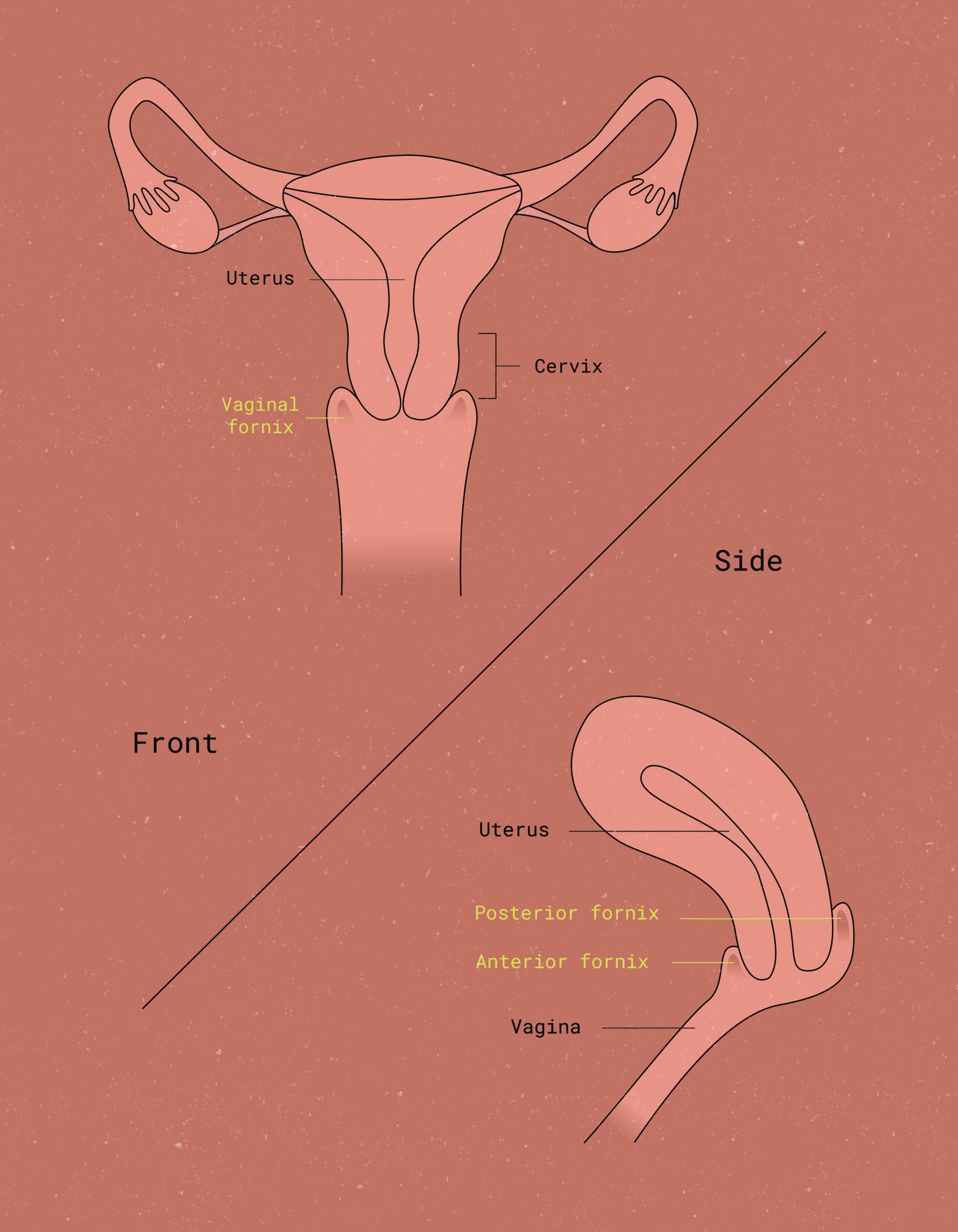“The full-body orgasm is a real thing, and even if you have yet to experience it, it’s totally attainable.”
What’s really happening in your body when you climax
TL/DR: The full-body orgasm isn’t a myth. It is real, and even if you have yet to experience it, it’s totally attainable. For people with vulvas, the key is getting comfortable in your body and enjoying the moment, rather than focusing too hard on the “goal.” Your body goes through a whole bunch of physiological changes as you start to climax – but what’s going on in your head plays an even bigger role.
For people with vulvas, it can be hard to pinpoint where an orgasm begins and ends. Does it start in the clitoris, at the center of thousands of pleasure-purposed nerve endings, or does it start in the brain? What about the g-spot? Or the c-spot?
New research suggests it may be a combination of the brain and the body working together in harmony that gets the orgasm train screaming out of the station.
Imagine you’ve had whatever combination of food, drink, and kink that gets you loose. You’re in a safe, comfortable setting. It’s about to GO DOWN – and you begin to realize that the full-body orgasm you’ve heard so much about is real and it’s happening, in your bed, right now.
Here’s what scientists say is up with your body:
- Your brain and clitoris are working in tandem to get you horny. You don’t even have to be physically touching your clitoris for it to react to your sexual arousal. Anyone who has ever felt their panties throbbing after watching too many of that-certain-someone-in-Hollywood’s IG stories knows what we mean.
- You might experience a trance-like state when you’re getting ready to orgasm. It’s been discovered that people often feel a sensation of sexual intoxication (almost like hypnosis) rush over them when they’re highly aroused.
- Your toes might curl up because your pelvic floor muscles are contracting. The physical part of orgasm is described in science-speak as the “rhythmic, smooth muscle contractions [that] are triggered in the pelvic region,” and your little piggies might be inclined to follow suit.
- Orgasms release chemicals in your brain that some people say are like a drug high. Keep this in mind the next time a friend complains about that one person they can’t stand but also have sex with, like, often..
- The reason your calf might start spasming during an orgasm is because you’ve been ignoring the awkward position you’re in. When you’re about to climax, your brain puts on orgasm blinders, focusing only on what will help you reach the finish line.
- Your pupils might get bigger, or dilate, to take in the view. Whenever us human animals get excited, our whole bodies ramp up. It’s part of why we’re apex predators. It’s also why your eyes get all big and goofy when you finish.
- Your heart rate reaches a peak when you orgasm and your skin might become all red and flushed looking. For men and women, orgasms are basically a combo of physical and mental overload, orchestrated to reward them for having sex.
How to set yourself up for a whole-body orgasm
ICYMI: The very limited research that exists on the female orgasm has found that only 18 percent of women can climax during penetrative sex. So if you’re not finishing every time you have sex, you’re most definitely not alone.
Or maybe you’re getting there when masturbating, but have less intense or less satisfying orgasms when you’re with a partner. Or maybe you haven’t found the magic trigger in your body that makes it happen just yet – and if that’s the case, no worries. Just be patient with your body and try not to overthink it.
While there’s no magical potion or spell that’ll guarantee full-body sexual ecstasy, we do have a few tips to optimize your pleasure.
- Time it with your cycle. Hormone levels reach their sexiest right around ovulation – meaning you won’t need much “inspiration” to get off. Track your cycle and plan your sexcapades a few days before you ovulate (or the day of).
Of course, don’t feel like you’re limited to those dates. Period sex is a game-changer and an orgasm may even make your period end sooner than normal.
- Do away with expectations. Avoid telling yourself that you have to orgasm in order for this mission to be considered a success. Instead, relax and focus on enjoying what you feel in the moment.
- Minimize distractions. Put your phone on do not disturb. Put Fluffy in his crate. Shut the door, close the blinds, and dim the lights – or keep ‘em on.
Do whatever it takes to create an environment where you feel 100% relaxed and comfortable to explore.
- Break out your favorite toys. Be it a bullet vibrator or a super lifelike dildo, sex toys can help you hit the right spots with exactly the right kind of pressure. Some vulvas respond especially well to toys that mimic the clitoral suction of oral sex, like this one at the top of certain celeb wish lists. The same brand makes a prostate massager that gets equally great reviews.
- Immerse yourself in quality content. Find some erotic content to get you (and your partner, if you so choose) in the mood. If you have some time to kill, queue up Blue is the Warmest Color or American Honey on Netflix – or check out the Dipsea app for quick, kinky audio.
- Add lube. Even if your body’s natural lubricant is plentiful, a specially designed lube takes much longer to dry out or get sticky – and it’s safer than saliva since it’s bacteria-free.
Make sure you use a lubricant that doesn’t irritate your vulva (flavored lube tends to contain sugar, which can lead to yeast infections). Water- and silicone-based are usually a good bet.
- Target your g-spot. Some theories suggest that g-spot stimulation is more likely to help you achieve a full-body orgasm.((Exploring the Mind-Body Orgasm. (2020, October 26). Wired. Retrieved from wired.com/2007/01/exploring-the-mind-body-orgasm/)) Why? Because your g-spot is believed to communicate with the brain via the vagus nerve, which bypasses the spinal cord and wanders in deep pathways throughout the entire body.
Use internal stimulation to find your g-spot (it’s usually about 2-3 inches deep along the front-facing wall of the vaginal canal) and gradually feel out what type of sensation does it for you.
- Don’t forget to breathe. Breathing and orgasm are linked, so try this: Inhale for four seconds, exhale for four seconds, and keep your energy flowing as you move from foreplay into your more erogenous zones. Let yourself make as much noise as you want, but come back to deep breaths if you start to stress out or notice your mind racing.
According to tantric sex practices, using breathwork can channel your sexual energy into more intense, toe-curling, waves of pleasure leading to whole body orgasms.
Reaping the benefits: Why full-body orgasms are #goals
Obviously, any type of orgasm feels good. More than good, if you ask us. But orgasms have some pretty legit health benefits.
An orgasm can power up your immune system, improve your mood, boost self-confidence, relieve stress, and even make it easier to fall asleep. A “full-body” orgasm may be especially beneficial for your health. More research still needs to be done, but it’s likely that stronger, longer, and more intense orgasms release even more feel-good health-boosting endorphins.
So, a word to the wise: Don’t forget to charge your vibrator tonight. You can thank us later.
© 2021 The Flex Company. All Rights Reserved.









